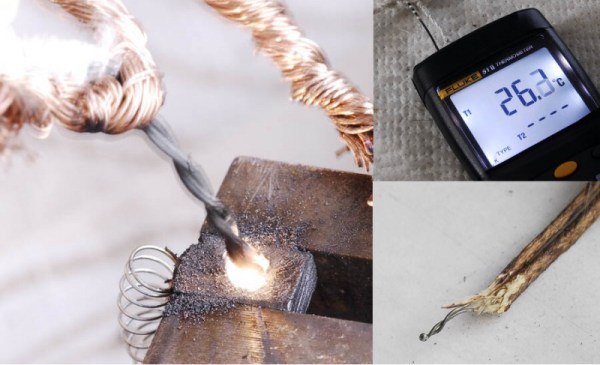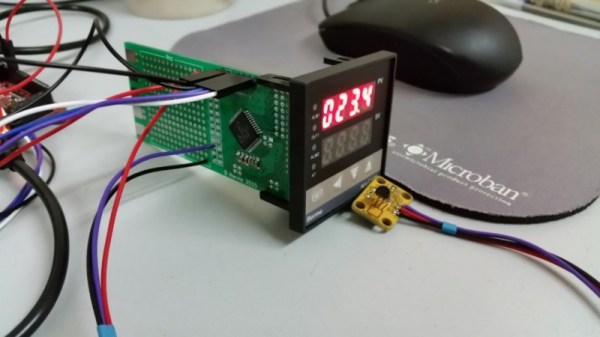If you get tired of charging batteries, you might be interested in [Hackarobot’s] energy harvesting demo. He uses a peltier device (although he’s really using it as a thermocouple which it is). A 1 farad super capacitor stores energy and an LTC3108 ultra low voltage converter with a 1:100 ratio transformer handles the conversion to a useful voltage.
The truth is, the amount of energy harvested is probably pretty small–he didn’t really characterize it other than to light an LED. In addition, we wondered if a proper thermocouple would work better (some old Russian radios used thermocouples either in fireplaces or kerosene lamps to avoid requiring batteries). Although a Peltier device and a thermocouple both use the Seebeck effect, they are optimized for different purposes. Thermocouples generate voltage from a temperature differential and Peltier modules generate temperature differentials from voltage.
However, as [Hackarobot] points out, the same technique might be useful with other alternate power sources like solar cells or other small generators. The module used has selectable output voltages ranging from 2.35V to 5V.

















